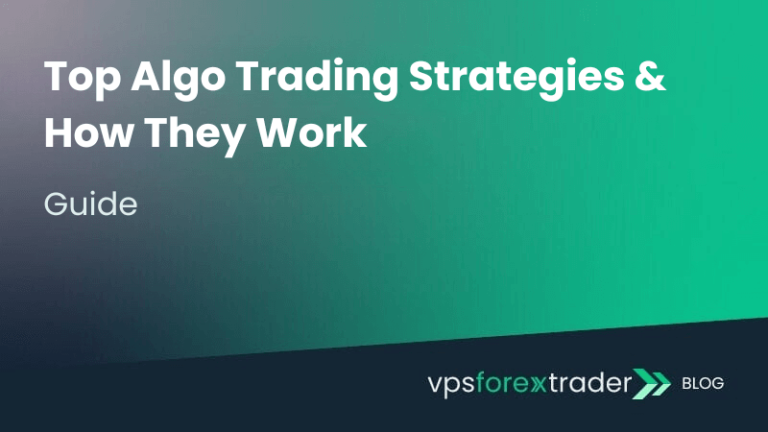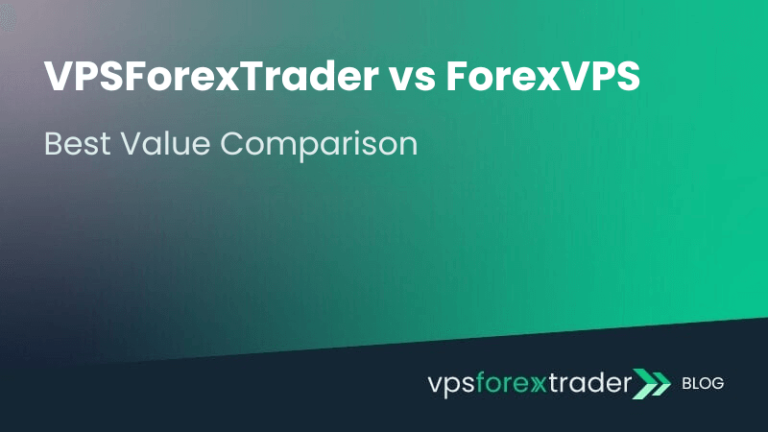Margin trading is a strategy that involves borrowing funds from a broker to purchase stocks, bonds and other securities. The “margin” itself refers to the initial payment or collateral that the broker pays to borrow funds. This strategy allows investors to purchase more securities than they could own with their actual budget. In this post, we will explore how buying on a margin works. We will define terms like what is buying on margin, as well as the cost, risks and benefits of this strategy.

How Buying on Margin Works
So, how margin trading works? Margin investing is basically like taking a loan from a brokerage to purchase commodities. As an investor, buying on margin allows you to buy more stocks than you can normally afford.
Now that you know what does buying stock on margin mean, how does it really work? To use this strategy, you need to open a margin account with a bank or broker. In the margin account, you’ll deposit a specific amount of money (the margin) which will serve as collateral for the loan that the broker will give you to purchase security.
For instance, to buy 1,000 shares of a marginable stock trading at $50 per share, you’ll need $50,000 if you want to buy the stocks directly with your own money. However, if you bought this share at a 50% margin, you’ll only need to fund your account with half of the required money. The other half will be funded by the broker.
Costs Associated with Buying on Margin
Now that you know the answer to questions like what does buying stock on margin mean, what are the costs associated with this strategy?
One of the main costs of buying on margin is the collateral for the loan. This is the margin itself which is typically a percentage of the purchase price of your investment. For instance, if a broker sets the “initial margin” requirement to 50% for a $10,000 investment, you’ll have to deposit $5,000 into your margin account.
In addition to this primary cost of buying on the margin, you must also pay additional fees or interest associated with your margin position. This is usually around 10%, depending on the federal funds rate. Also, if the value of your account’s equity were to fall below a specific level, the broker will initiate a margin call, which will require an additional deposit to return your equity to the required level.

Risks and Rewards of Margin Investing
So is margin trading a good idea? The biggest benefit of margin trading is the possibility of increasing your investment portfolio beyond what you can normally avoid. The leverage provided by margin trading helps to maximize your profit. For instance, in the example above, if you sell the $50 stock at $55 per share, you’ll be making $5,000 as profit (for 1000 shares). This represents a 20% return on your $25,000 investment. The more leverage you get from margin trading, the higher your potential return.
However, with higher leverage also comes a bigger potential for massive loss. For instance, in the example above, if the trade moved in the opposite direction and you sold for $45 instead of $50, you’ll end up with a 20% loss which is double what you would have lost if you paid for the stock directly with your cash. The high buying on margin risks is the main downside of this strategy.
Why Is Buying Stock on Margin Risky?
So why was stock bought on margin considered a risky investment? It’s because margin trading is a high-reward, high-risk strategy. In fact, it is possible to lose more money than you initially invested due to the magnifying effect of this strategy. For instance, if the value of an investment drops below 50%, you’ll be losing more than 50% of the total investment which is above your actual capital.
At the same time, you’ll continue to incur interest on the margin loan balance despite your loss. There’s also a chance that you’ll face forced liquidation if the drop in stock price triggers a margin call.
Margin Trading vs. Options: Key Differences
Let’s consider the differences between margin trading vs options. Unlike margin trading where an investor gets to buy and own more shares than they can afford by paying a margin, options trading involves paying a premium for the right to buy or sell an asset within a specific time frame.
This is a low-risk, low returns strategy because the trading contract gives you the right (but not the obligation) to sell or buy the asset at a set price. It’s essentially speculating on the future price of an asset. If the price goes in the desired direction, then you can exercise your right to buy or sell, but if it doesn’t you’ll simply let the contract expire. The only loss you’ll incur in this case is the premium.
Is Buying on Margin Worth It?
To wrap this article up; is margin trading worth it? Using leverage to trade on margins can increase your gains. But, it also raises your risks and could lead to big losses. It’s a method that you should use with care and good knowledge to avoid serious loss. Because of this, it is wiser to only use this strategy ig you’re an expert.
Quantitative Examples: How Margin and Leverage Work in Practice
While understanding the concepts of margin and leverage is important, traders need to see the math in action to fully grasp how these forces affect risk, trade size, and account exposure. Below are practical examples that illustrate how leverage amplifies position size and how margin requirements directly impact your capital allocation.
1. Margin Requirement for a Standard Lot (1:100 Leverage)
Let’s say you want to open a position of 1 standard lot (100,000 units) on EUR/USD, and your broker offers 1:100 leverage.
- Margin requirement = Trade Size ÷ Leverage
= 100,000 ÷ 100 = $1,000
This means you only need to allocate $1,000 in margin to control a $100,000 trade. The remaining $99,000 is effectively “borrowed” from the broker. If your account balance is $5,000, you’re using 20% of your available margin on this single trade.
2. Real Leverage vs Margin-Based Leverage
There’s a difference between maximum leverage offered and how much you actually use, known as real (or effective) leverage:
- If your account size is $10,000 and you open a $100,000 trade,
Real Leverage = Trade Size ÷ Account Balance = 100,000 ÷ 10,000 = 10:1
Even if your broker offers 1:500 leverage, your real leverage here is only 10:1.
3. Impact of Pip Movement on Equity
In a standard lot of EUR/USD:
- 1 pip = $10
So, a 10-pip gain equals $100 profit.
But a 20-pip loss = $200 drawdown.
If your stop-loss is 25 pips, you’re risking $250 on a $1,000 margin allocation, that’s 25% of your used margin and 5% of a $5,000 account.
This example shows how quickly losses can escalate when trading with large position sizes under high leverage.
4. Break-Even Trade Size and Risk Exposure
Let’s say your average trade wins 10 pips, but you pay:
- 2-pip spread
- 1-pip slippage
- $7 round-trip commission (0.7 pip on standard lot)
Your total cost per trade = ~3.4 pips. That means you must gain at least 4+ pips to break even, which is nearly 50% of your profit target in small-scalp strategies. Leverage allows you to amplify the result, but it also amplifies costs and losses.
Understanding how to calculate margin, real leverage, and pip-based exposure is essential to staying in control of your trading account. These examples show that while leverage increases opportunity, it also narrows the margin for error, literally. Traders who use leverage without understanding the math behind margin calls, pip value, and position sizing are at serious risk of rapid drawdowns.
Real-World Risk & ROI Models: How Leverage Affects Your Account Over Time
Leverage can boost returns, but it also increases the risk of deep drawdowns or margin calls if not used properly. To help traders understand the trade-offs, let’s explore how trade size, leverage, and account size interact to affect your risk exposure, margin utilization, and potential for profit or loss over time.
1. Scenario: Conservative vs Aggressive Use of Leverage
Let’s assume you have a $10,000 account and you’re trading EUR/USD with 1:100 leverage. Here are two approaches:
A. Conservative Trader
- Position size: 0.5 lots (50,000 units)
- Margin used: 50,000 ÷ 100 = $500
- Stop-loss: 20 pips = $100 risk
- Risk per trade: 1% of account
- Margin usage: 5% of account
This trader is using modest leverage, keeping risk low and giving their account room to absorb multiple losing trades.
B. Aggressive Trader
- Position size: 2 lots (200,000 units)
- Margin used: 200,000 ÷ 100 = $2,000
- Stop-loss: 20 pips = $400 risk
- Risk per trade: 4% of account
- Margin usage: 20% of account
This trader is using the same account and stop size but amplifies both potential profit and potential loss. A 5-trade losing streak could cut the account by 20%.
2. Drawdown Progression at Different Risk Levels
| Risk per Trade | Losing Streak (5 Trades) | Equity Drawdown |
|---|---|---|
| 1% | -5% | $9,500 balance |
| 3% | -15% | $8,500 balance |
| 5% | -25% | $7,500 balance |
| 10% | -41% | $5,900 balance |
3. ROI Modeling Over 20 Trades (With and Without Leverage)
Let’s assume:
- Win rate: 60%
- Reward: 1.5× risk
- Risk per trade: $100
- 20 trades total
Without Leverage (risking $100 per $10,000 capital)
- 12 wins × $150 = $1,800
- 8 losses × $100 = -$800
- Net gain: $1,000 (10% ROI)
With High Leverage (risking $400 per $10,000 capital)
- 12 wins × $600 = $7,200
- 8 losses × $400 = -$3,200
- Net gain: $4,000 (40% ROI)
But, If the win rate drops to 40%, the same model flips:
- 8 wins × $600 = $4,800
- 12 losses × $400 = -$4,800
- Net: $0
Increased leverage amplifies both wins and losses, making risk management and win consistency far more important.
4. Margin Utilization and Exposure Risk
Using too much leverage not only increases trade risk, it reduces your margin buffer. If your broker closes positions when your margin level drops below 50%, and you’ve overleveraged, even a modest drawdown can trigger a forced liquidation (margin call).
Rule of thumb: Never let margin usage exceed 20–30% of your total account, unless you’re running automated, precision-calibrated strategies on a low-latency Forex VPS for real-time monitoring.
FAQs
What is buying on margin?
Buying on a margin is a trading strategy that involves borrowing from a broker to cover the cost of an asset. This allows the investor to amplify their potential returns on the investment.
How does margin investing work?
To trade on a margin, you need to open an account with a broker and deposit the stipulated margin cost. The broker then covers the rest of the investment cost.
What are the risks of buying stock on margin?
Buying stock on margin amplifies the risk of an investment just as much as it increases the profit. There’s a chance that you’ll lose more than your initial investment if the trade does not proceed as anticipated.
Why is buying on margin considered risky?
Buying on a margin is considered risky because it amplifies your potential losses. You’ll also need to pay interest and commissions regardless of how the trade goes.
Is buying on margin a good idea for beginners?
No, buying on margin is a strategy best left to professionals and expert traders.
How does margin trading compare to options trading?
Both margin and options give you leverage on a small investment. However, unlike margins where you can lose more than your initial investment, your loss in options trading is limited to your premium.
What are the costs involved in buying on margin?
The costs associated with buying on margin include your initial deposit or collateral, the interest associated with the loan and potential margin calls.




